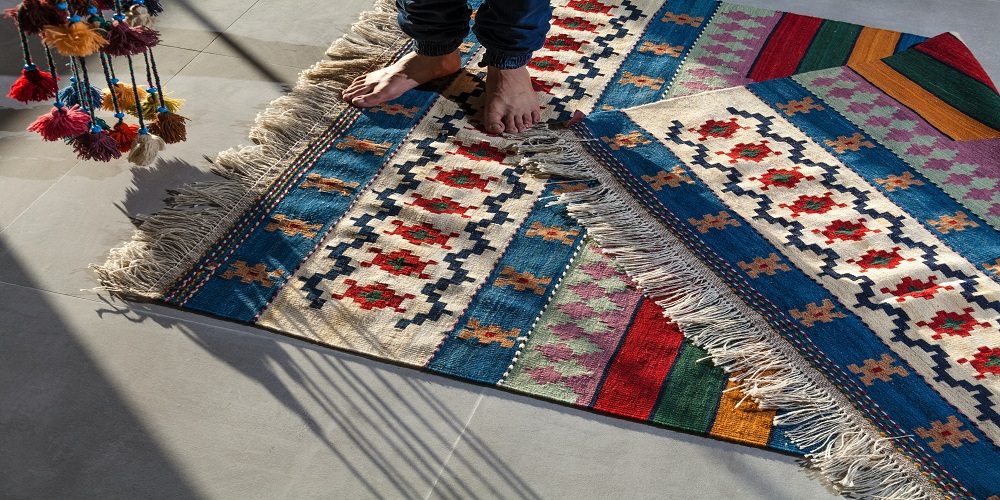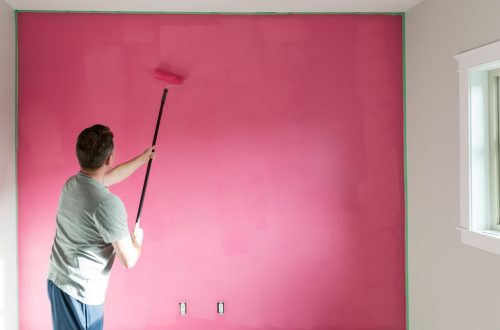The Basics of Carpet Patching: a Step-by-step Guide
Carpets can get damaged by spilled food, rough tools, burns, and stains. You can easily fix the part if the patch is in a small area. However, if it’s a large part, get help from a carpet patching company to avoid making mistakes.
The tools are a carpet cutter, a small piece of carpet to replace the patch, and some glue. Here is a step-by-step guide on how to patch a carpet.

Step 1. Measure the part you want to replace
To get an accurate cut out from the carpet you want to replace, you need to measure the ruined part. Use a tape measure to get precise measurements and write them down. Outline the measured part using tape or a visible marker.
Step 2. Prepare your tools
If you plan to use a carpet cutter, you can screw in the blades to get ready. You can also use a utility knife, carpet knife, or craft knife if you don’t have a carpet cutter.
Step 3. Cut out the marked part
Using a carpet cutter, slowly follow the damaged part’s outline while cutting it. Be gentle but with a firm force to avoid cutting the bottom layer. You can also trace the outline and repeat the motion until the carpet comes off.
Ensure to follow through with the cut with one motion, and don’t make many turns. Remove the part of the carpet and ensure you don’t rip off parts that have not been cut correctly.
Step 4. Measure the replacement carpet patch
Use the previous measurements to measure the replacement carpet. Use remains of the carpet or cut a patch from an area that is not visible. Get a carpet from under the table or in the closet. Cut the carpet slowly and strictly follow the edges to get a perfect fit.
Step 5. Prepare the empty patch for installation
Softly brush away the carpet fibres from the edges until you can see the edges of the cut piece. Apply the carpet glue on the edge of the cut material. Other alternatives to use apart from carpet glue are carpet tapes.
Carpet tapes are double-sided and work by placing them on one side of the empty patch. Avoid putting too much glue to prevent it from seeping between the carpet and the edge.
Step 6.Install the replacement patch
Take the new carpet and place it on the empty patch area. Start by pressing one edge and follow with other edges to avoid forming wrinkles. Use your hand to press it to the edges while slowly tracing through the edges. Adjust the carpet with the fibres on the rest of the carpet before the glue dries.
Step 7. Blend the fibres using a carpet brush or roller
To ensure the patch is not visible, use a brush to blend it in with the rest of the carpet. A carpet brush will also remove the cut fibres. If you don’t have a brush, you can use rollers to run through the edges.
Instead of replacing an entire carpet because of a small patch, you can use this simple method. This step-by-step process is straightforward and fast to fix a carpet patch. Contact us if you need further professional guidance to patch a carp
